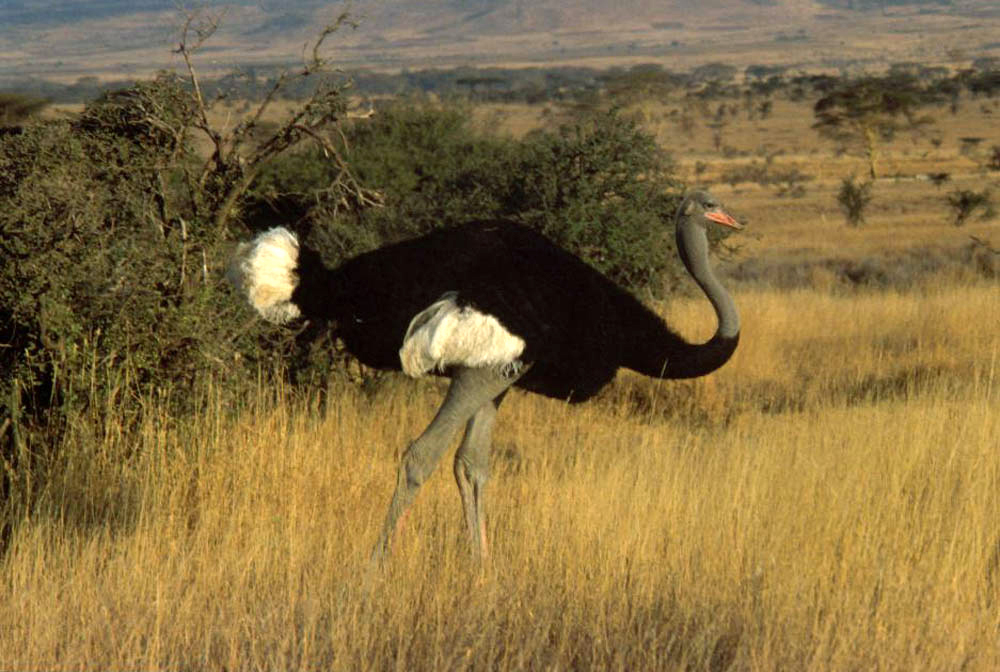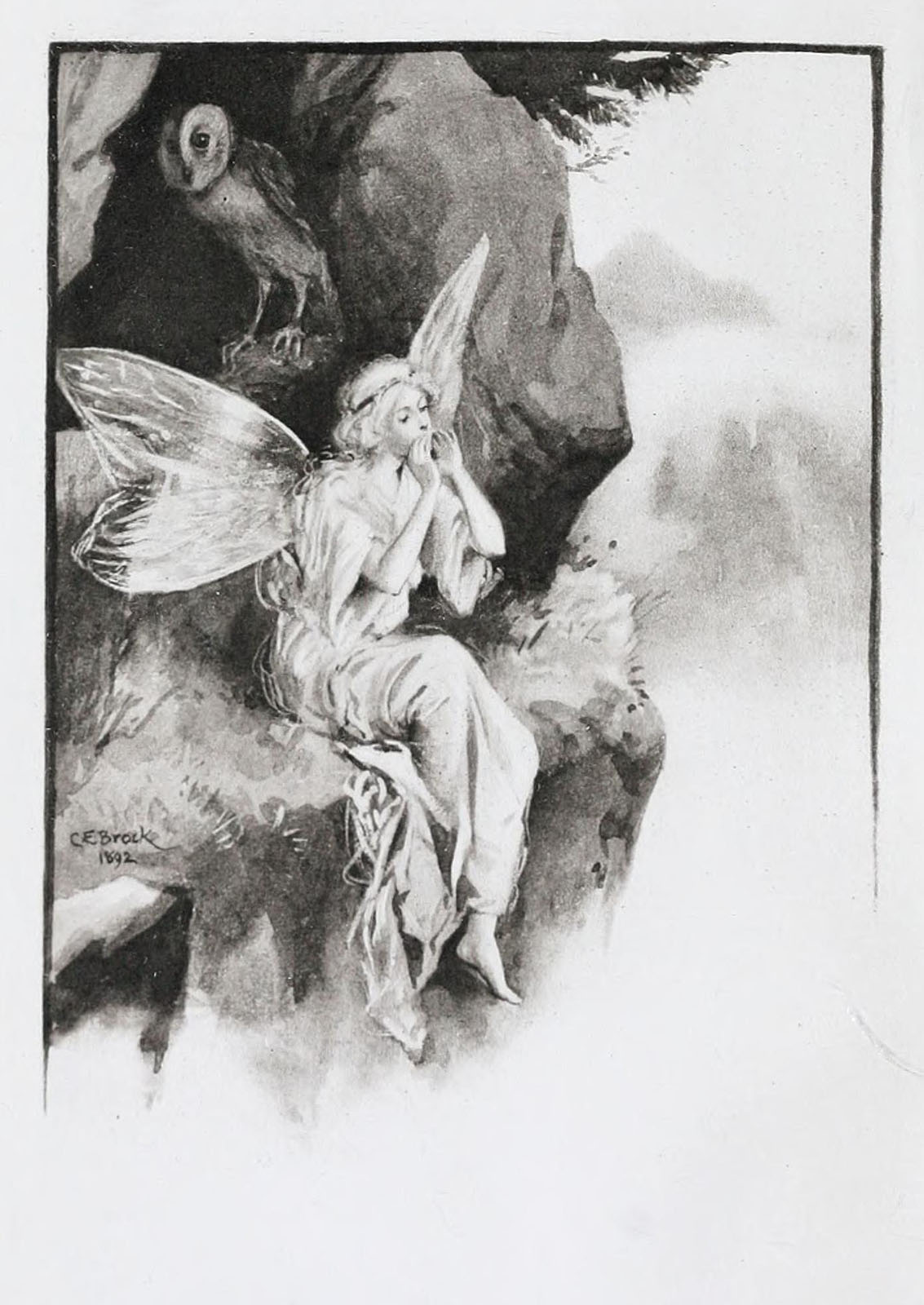|
Oum Lâalag
Oum Lâalag is an oasis located 50 kilometers southwest of M'Hamid El Ghizlane in Morocco at the old trans-Saharan trade route to Timbuktu, only a few kilometers from the border of Algeria. The oasis is approximately 15 hectares in size and is presumed holy by the nomads.Sylvie JourjonL’Oasis Sacrée d’Oum Lâalag.5 December 2012 (French). According to local beliefs, a fairy lives at its source. A bivouac shelter, bivouac camp site is available in the oasis, which offers ecologically sustainable tourism. The high dunes of Erg Chegaga can be reached by camel or 4x4 off-road vehicles. The oasis is part of the 123,000-hectare Iriqui National Park, which was set up in 1994. In its vicinity live houbara bustards, ostriches, Barbary sheep, dorcas gazelles, oryxes and hyenas. References [...More Info...] [...Related Items...] OR: [Wikipedia] [Google] [Baidu] |
Sustainable Tourism
Sustainable tourism is a concept that covers the complete tourism experience, including concern for Impacts of tourism, economic, social, and environmental issues as well as attention to improving tourists' experiences and addressing the needs of host communities. Sustainable tourism should embrace concerns for environmental protection, social equity, and the quality of life, cultural diversity, and a dynamic, viable economy delivering jobs and prosperity for all. It has its roots in sustainable development and there can be some confusion as to what "sustainable tourism" means. There is now broad consensus that tourism should be Sustainability, sustainable. In fact, all forms of tourism have the potential to be sustainable if planned, developed and managed properly. Tourist development organizations are promoting sustainable tourism practices in order to mitigate negative effects caused by the growing Impacts of tourism, impact of tourism, for example its environmental impacts. T ... [...More Info...] [...Related Items...] OR: [Wikipedia] [Google] [Baidu] |
Oryx
''Oryx'' ( ) is a genus consisting of four large antelope species called oryxes. Their pelage is pale with contrasting dark markings in the face and on the legs, and their long horns are almost straight and annulated. The exception is the scimitar oryx, which lacks dark markings on the legs, only has faint dark markings on the head, has an ochre neck, and has horns that are clearly decurved. All oryx species prefer near-desert conditions and can survive without water for long periods. The Arabian oryx was only saved from extinction through a captive-breeding program and reintroduction to the wild. The scimitar oryx, which was listed as extinct in the wild, also relied on a captive-breeding program for its survival.Database entry includes justification for why this species is listed as extinct in the wild. Etymology The term "oryx" comes from the Greek word ''óryx'' meaning "pickaxe", because its long and pointed horns look similar to the tool's end. The Greek plural f ... [...More Info...] [...Related Items...] OR: [Wikipedia] [Google] [Baidu] |
Dorcas Gazelle
The dorcas gazelle (''Gazella dorcas''), also known as the ariel gazelle, is a small and common gazelle. The dorcas gazelle stands about at the shoulder, with a head and body length of and a weight of . The numerous subspecies survive on vegetation in grassland, steppe, wadis, mountain desert and in semidesert climates of Africa and Arabia. About 35,000–40,000 exist in the wild. Taxonomy and evolution The scientific name of the dorcas gazelle is ''Gazella dorcas'', the name coming from Ancient Greek (''dorkas''), which referred to a roe deer, gazelle or antelope. It is a member of the genus '' Gazella'' and the family Bovidae. The species was first described by Swedish zoologist Carl Linnaeus in the 10th edition of ''Systema Naturae'' in 1758. Although zoologist Theodor Haltenorth considered ''G. d. pelzelnii'' to be an independent species, the following six subspecies are identified: *''G. d.'' subsp. ''beccarii'' De Beaux, 1931 – Eritrean dorcas gazelle *''G. d. ... [...More Info...] [...Related Items...] OR: [Wikipedia] [Google] [Baidu] |
Barbary Sheep
The Barbary sheep (''Ammotragus lervia''), also known as aoudad (pronounced �ɑʊdæd, is a species of caprine native to rocky mountains in North Africa and parts of West Africa. While this is the only species in genus ''Ammotragus'', six subspecies have been described. Although it is rare in its native North Africa, it has been introduced to North America, southern Europe, and elsewhere. It is also known in the Berber language as ''waddan'' or ''arwi'', and in former French territories as the mouflon. Description Barbary sheep stand tall at the shoulder, with a length around , and weigh . They are sandy-brown, darkening with age, with a slightly lighter underbelly and a darker line along the back. Upper parts and the outer parts of the legs are a uniform reddish- or grayish-brown. Some shaggy hair is on the throat (extending down to the chest in males) with a sparse mane. Their horns have a triangular cross-section. The horns curve outward, backward, then inward, an ... [...More Info...] [...Related Items...] OR: [Wikipedia] [Google] [Baidu] |
Ostrich
Ostriches are large flightless birds. Two living species are recognised, the common ostrich, native to large parts of sub-Saharan Africa, and the Somali ostrich, native to the Horn of Africa. They are the heaviest and largest living birds, with adult common ostriches weighing anywhere between 63.5 and 145 kilograms and laying the largest eggs of any living land animal.Del Hoyo, Josep, et al. Handbook of the birds of the world. Vol. 1. No. 8. Barcelona: Lynx edicions, 1992. With the ability to run at 70 km/h (43.5 mph), they are the fastest birds on land. They are farmed worldwide, with significant industries in the Philippines and in Namibia. South Africa produces about 70% of global ostrich products, with the industry largely centered around the town of Oudtshoorn. Ostrich leather is a lucrative commodity, and the large feathers are used as plumes for the decoration of ceremonial headgear. Ostrich eggs and meat have been used by humans for millennia. Ostrich ... [...More Info...] [...Related Items...] OR: [Wikipedia] [Google] [Baidu] |
Houbara Bustard
The African houbara (''Chlamydotis undulata''), also known as the houbara bustard (''houbara'' from for bustards in general), is a relatively small bustard native to North Africa, where it lives in arid habitats. The global population is listed as Vulnerable on the IUCN Red List since 2014. There is a population in the Canary Islands which was assessed as Near Threatened in 2015, but has since also been assessed as Vulnerable. It is dull brown with black markings on the wings, a greyish neck and a black ruff along the side of the neck. Males are larger and heavier than females. Description The African houbara is a small to mid-sized bustard. It measures in length and spans across the wings. It is brown above and white below, with a black stripe down the sides of its neck. In flight, the long wings show large areas of black and brown on the flight feathers. The sexes are similar, but the female, between tall, is rather smaller and greyer above than the male, at tall. The b ... [...More Info...] [...Related Items...] OR: [Wikipedia] [Google] [Baidu] |
Iriqui National Park
Iriqui National Park was set up in 1994 as a national park in Morocco with 123,000 hectares. Location Iriqui National Park occupies the space between the Draa River and the South foothills of the Anti-Atlas, in the provinces of Zagora and Tata. Flora and fauna The park is characterized by typical desert landscape of southern Morocco. The vegetation is represented by a wooded steppe and savanna with acacias. Some of its dunes are covered by tamarix. During wet periods, Lake Iriqui becomes a temporary wetland and a port of call and wintering site for many migratory water birds, including flamingos, coots and geese, which gives the park an important ecological character. The rehabilitation of the wetland was one of the main objectives, when the park was created. In the park there are houbara bustards, North African ostriches, barbary sheep, dorcas gazelles, oryxes and striped hyenas.Sylvie JourjonL’Oasis Sacrée d’Oum Lâalag.5 December 2012 (French). There is also ... [...More Info...] [...Related Items...] OR: [Wikipedia] [Google] [Baidu] |
Erg Chegaga
The erg is a unit of energy equal to 10−7joules (100 nJ). It is not an SI unit, instead originating from the centimetre–gram–second system of units (CGS). Its name is derived from (), a Greek word meaning 'work' or 'task'. An erg is the amount of work done by a force of one dyne exerted for a distance of one centimetre. In the CGS base units, it is equal to one gram centimetre-squared per second-squared (g⋅cm2/s2). It is thus equal to 10−7 joules or 100 nanojoules ( nJ) in SI units. * 1 erg = = * 1 erg = = = * 1 erg = = * 1 erg = = * 1 erg = History In 1864, Rudolf Clausius proposed the Greek word () for the unit of energy, work and heat. In 1873, a committee of the British Association for the Advancement of Science, including British physicists James Clerk Maxwell and William Thomson recommended the general adoption of the centimetre, the gramme, and the second as fundamental units ( C.G.S. System of Units). To distinguish derived units, they recommende ... [...More Info...] [...Related Items...] OR: [Wikipedia] [Google] [Baidu] |
Bivouac Shelter
A bivouac shelter or bivvy (alternately ''bivy'', ''bivi'', ''bivvi'') is any of a variety of improvised camp site or shelter that is usually of a temporary nature, used especially by soldiers or people engaged in backpacking, bikepacking, scouting or mountain climbing. It may often refer to sleeping in the open with a bivouac sack, but it may also refer to a shelter constructed of natural materials like a structure of branches to form a frame, which is then covered with leaves, ferns and similar material for waterproofing and duff (leaf litter) for insulation. Modern bivouacs often involve the use of one- or two-person tents but may also be without tents or full cover. In modern mountaineering the nature of the bivouac shelter will depend on the level of preparedness, in particular whether existing camping and outdoor gear may be incorporated into the shelter. Etymology The word ''bivouac'' is French and ultimately derives from an 18th-century Swiss German usage of ''Beiwacht ... [...More Info...] [...Related Items...] OR: [Wikipedia] [Google] [Baidu] |
Fairy
A fairy (also called fay, fae, fae folk, fey, fair folk, or faerie) is a type of mythical being or legendary creature, generally described as anthropomorphism, anthropomorphic, found in the folklore of multiple European cultures (including Celtic mythology, Celtic, Slavic paganism, Slavic, Germanic folklore, Germanic, and French folklore, French folklore), a form of Supernatural#Spirit, spirit, often with metaphysical, supernatural, or preternatural qualities. Myths and stories about fairies do not have a single origin but are rather a collection of folk beliefs from disparate sources. Various folk theories about the origins of fairies include casting them as either demoted angels or demons in a Christian mythology, Christian tradition, as deities in Paganism, Pagan belief systems, as Spirit (supernatural entity), spirits of the dead, as Prehistory, prehistoric precursors to humans, or as spirits of nature. The label of ''fairy'' has at times applied only to specific Magic (su ... [...More Info...] [...Related Items...] OR: [Wikipedia] [Google] [Baidu] |



